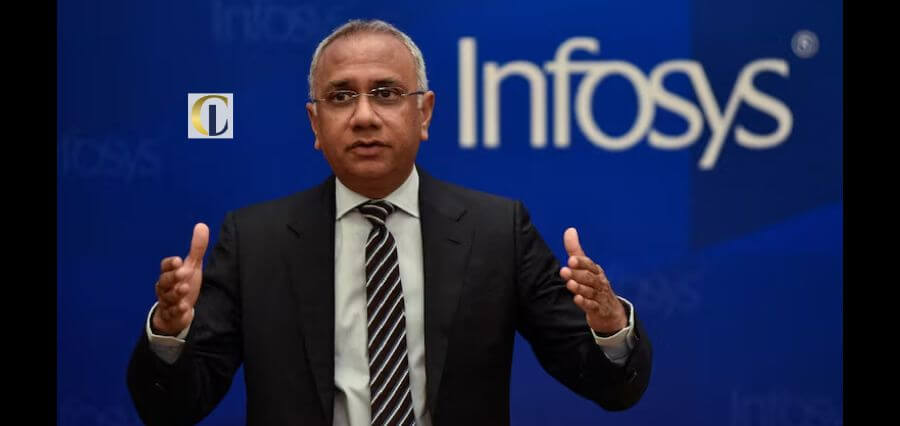There was a time not long ago when the barter system was brought to an end with the advent of gold. With its intrinsic value firmly established, gold became the best and most preferred mode of receipts and payments. It also led to hoarding and became the de facto means to establish one’s net worth. This continued till the time they found all the disadvantages of gold including the liability associated with storage, transport, and ownership.
Remember stories of caravans being robbed midway into the journey with women laden with gold being the prime target? From that came the understanding that one ought to have something that’s as liquid as gold and does away with the headache of storage and logistics. Paper currencies tied to gold standards were the next invention where each paper note/currency guaranteed a certain quantity of gold.
Everything was fine till the time people understood that gold was a limited commodity and made it difficult to keep parity with paper money for all times. This became especially acute in times when economies started to boom, and the governments had to print notes to keep up with the demand for money.
Gold couldn’t keep pace, and in the year 1929 at the end of the Great Depression, the world finally broke free of gold parity and established the system of fiat currency that was printed at the beck and call of individual governments worldwide. Each currency’s value was determined by various factors including GDP growth rates, rates of industrialization, status of industries and infrastructure, intrinsic worth of economies and the likes.
With each country having its own currency, there was felt a need to bring parity to worldwide transactions that to an extent was brought about by the Breton Woods system in 1944 where signatory countries agreed to a complex system of recognizing each-other’s currency via the USD which was tied to gold.
In 1975, the US government being the main player unilaterally pulled out of the system by terminating the USD’s tie-up with gold. Currency ever since are fiat currencies that can be printed as per a country’s needs. These days, exchange worldwide is done through a basket of currencies including USD, Euro, Yen and Yuan. Somewhere, these too depend upon the value of USD to execute a transaction.
All this has resulted in the following:
- Wild swings in currency values depending upon demand and supply of currencies. These are known to add to the cost of every transaction. Add to that, transfer and ownership charges including banking brokerage changes, swift charges, and the likes. All these while adding to the costs, do precious little to the value of a transaction with currency exchanging known to take days (if not more) to fructify.
- 2. Transactions being at the mercy of every government. With notes being printed by governments, every transaction must go thru government agencies that only add to the costs and delays, and nothing to its value.
- Slow pace of transactions. Try transferring money from the US to India or vice-versa. It takes days, and at the end what you get is of lesser value than what was intended due to varied charges levied by the intermediaries.
- Currency speculation! Fiat currencies worldwide have given birth to a de-facto industry whose worth is higher than the trade in goods and services. Currency speculation! Does it add to the value of anything at any stage? Never. It enriches only banking intermediaries while being of little use to countries worldwide. In fact, they can sometime add to the costs of transactions and make them unviable.

Now imagine a worldwide currency that has all the pluses of gold, and never its pitfalls! That for you is cryptocurrency of which the Bitcoin has been the front-runner!
- It’s ‘mined’ worldwide by individuals instead of governments which means it has zero production and deployment costs as against Fiat currencies.
- It uses advanced digital public distributed ledgers called block-chains to record every transaction be it the generation of a new coin or its changing hands from one entity to another. This makes it super-safe quite unlike gold where physical holding matters and recording of transactions can be anything but transparent.
- Like gold, cryptos like bitcoins shall have only pre-determined number of coins that shall be mined. At the moment it is 17.3 million with the maximum being 21 million. It’s here that things change drastically from gold. What if a new gold mine is discovered? What does that do to the value of gold? The value of gold comes down, in fact, sometimes crashing down. This NEVER happens with cryptos given that everyone is always aware of its demand and supply making its value quite stable.
- Transactions in cryptos shall be quite stable irrespective of a country’s economic state. Currently, citizens of third-world countries pay heavy to buy anything from 1st world countries due to currency arbitrage. All this could be a thing of the past with cryptos whose value doesn’t have anything to do with individual countries and their economies. It could thus lead to cutting down on international pricing of resources.
- Simplifying complex transactions. For anyone in the US, trying to transact with countries like North Korea or Iran can be very messy. Besides procedural wrangles, there could be truckloads of answers to be given. Imagine doing the same transactions using cryptos! It could be a dream. And if you thought this could lead to the advent of the dark economy, be informed that every transaction of cryptos is faithfully recorded on blockchain-based ledgers which are impossible to change and deceive.
- Cryptos may help with the smallest transactions given its denomination. Right now, Bitcoins can be transacted in fractions that go as far down as eight decimal places! Yes, a Bitcoin’s fraction is something like 0.00000000! Compare this with USD and other currencies which go down to 100 cents.
- Transactions in cryptos shall have all the advantages of digitization. Digitization is the backbone on which cryptos function. There shall never be anything physical. This completely obviates the pains which come from printing, storing, and transporting currencies. With digitization on the other-hand, speed of transactions shall go through the roof.
- Transactions in cryptos shall by-pass the fossilized institution called banking. Banking has roots stretching 4500 years back when merchants gave loans against physical collaterals including produce, metals, animals, and whatever commanded value. These days the concept of physical collaterals doesn’t exist though precious metals are still in vogue.
Using banks for monetary transactions within or outside the country thus doesn’t add to the value of the transaction per-se. On the other hand, it does add (and sometimes substantially) to the cost of transactions. Using cryptos would on the other hand bring down the cost of transactions besides simplifying things.
No one knows how much gold there is below the ground. Any new find will mean lowering of its price. The same isn’t the case with bitcoins which has a fixed quantity of 21 million of which 17.3 million have already been mined. Mining and all the attendant activities including software designed to calculate the algorithms shall cease to function the day the 21 million mark is reached. There-hence shall take place only exchange of bitcoins either singly or in fractions which go as far as eight decimal places (0.00000000). Bitcoins thus can’t be benchmarked against anything other than its own value which shall be a factor of its demand and supply. Transaction time, cost, and issues to do with exchange rates & flows will be a thing of the past.
Read More: Click Here








